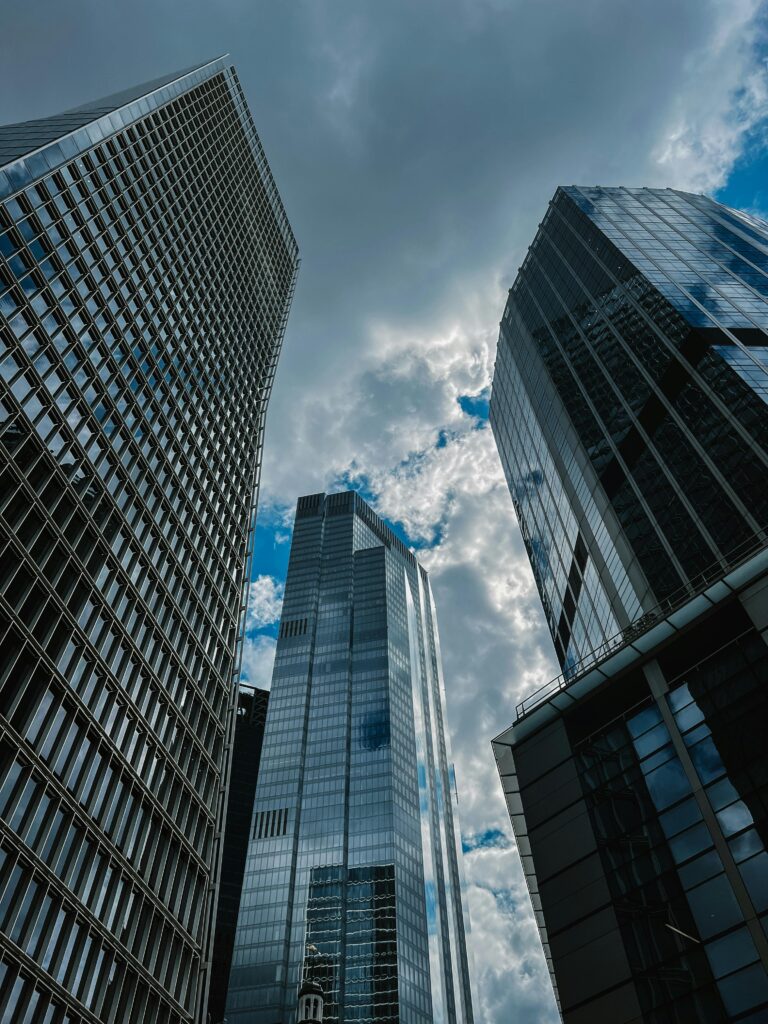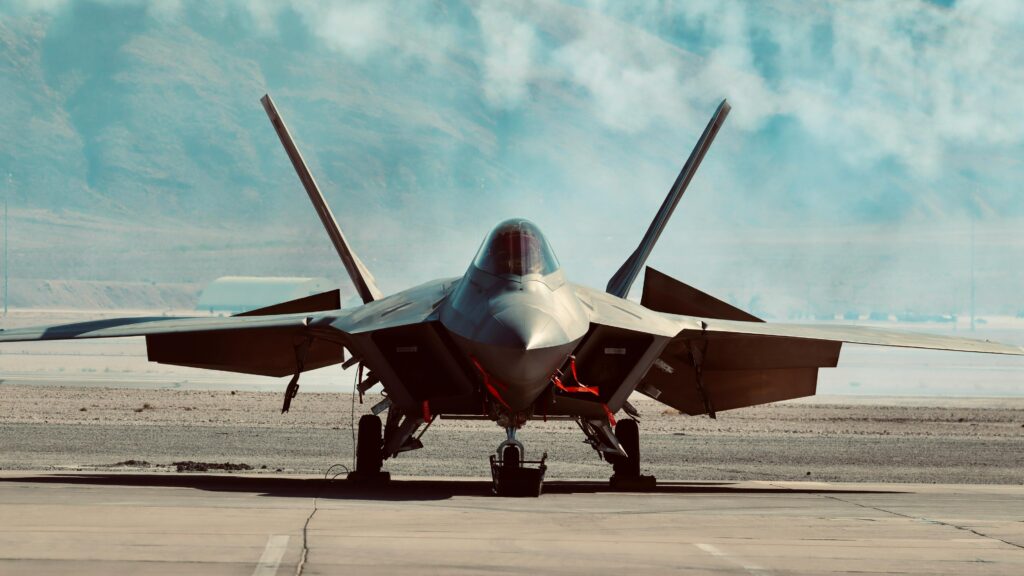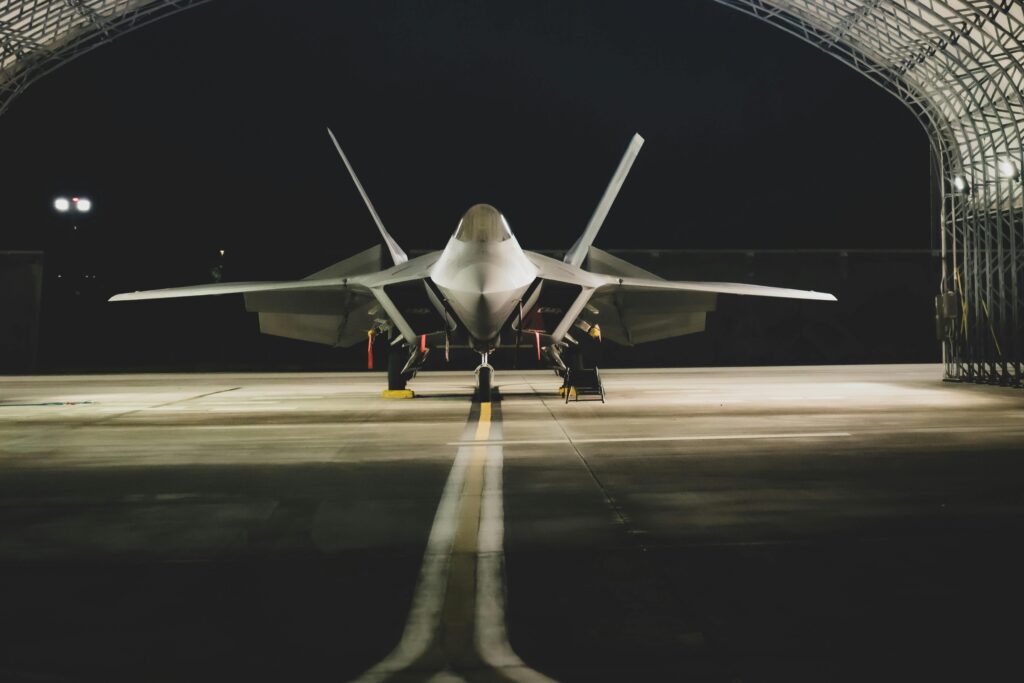How Long Can A Drone Stay In The Air?
Have you ever wondered how long a drone can fly continuously without needing to land? Whether you are a hobbyist drone pilot or use drones for professional purposes, understanding the flight time capabilities of different drones is crucial. In this article, we will explore the factors that determine how long a drone can stay in the air and provide you with tips on how to maximize drone flight time.
Battery Life and Capacity
One of the most critical factors that determine how long a drone can stay in the air is its battery life and capacity. The type and capacity of the battery installed in a drone will directly impact how long it can stay airborne before needing to land for a recharge.
Battery capacity is measured in milliampere-hours (mAh), and a higher capacity battery will typically result in longer flight times. When choosing a drone, pay attention to the battery capacity and consider purchasing spare batteries to extend your flight time while out in the field.
Tips for Maximizing Battery Life
To maximize the battery life of your drone and prolong your flight time, consider the following tips:
- Ensure the battery is fully charged before each flight
- Avoid flying in extreme temperatures, as this can impact battery performance
- Land the drone as soon as the low battery warning is triggered to prevent damaging the battery
- Invest in high-capacity batteries for longer flight times
Drone Weight and Power-to-Weight Ratio
Another crucial factor that impacts a drone’s flight time is its weight and power-to-weight ratio. Typically, drones with a higher power-to-weight ratio can stay aloft longer than heavier drones with lower ratios.
When choosing a drone, consider the weight of the aircraft and its payload, as this will affect the amount of power needed to keep it airborne. Lighter drones with more efficient motors tend to have longer flight times compared to heavier models with less efficient propulsion systems.
Understanding Power-to-Weight Ratio
The power-to-weight ratio of a drone is calculated by dividing the total weight of the aircraft by the power output of its motors. A higher power-to-weight ratio indicates that the drone can generate more thrust relative to its weight, resulting in better flight performance and longer flight times.

Flight Mode and Maneuverability
The flight mode and maneuverability settings of a drone can also impact how long it can stay in the air. Some drones offer different flight modes that provide varying levels of control and stability, which can affect flight time.
For example, drones equipped with GPS stabilization systems tend to have better flight stability and can hover in place more efficiently, allowing them to conserve energy and extend flight times. Conversely, drones that require constant manual control may use more power and have shorter flight durations.
Optimizing Flight Mode for Longer Flight Times
To optimize your drone’s flight mode for longer flight times, consider the following tips:
- Use GPS stabilization mode for improved flight stability and energy efficiency
- Avoid aggressive maneuvers that require high power outputs
- Fly in calm weather conditions to minimize power consumption during flight
Weather Conditions and Environmental Factors
Weather conditions and environmental factors play a significant role in how long a drone can stay in the air. Wind speed, temperature, humidity, and altitude can all impact the performance and flight time of a drone.
Flying in windy conditions can increase power consumption as the drone works harder to maintain its position, resulting in shorter flight times. Similarly, flying in extreme temperatures can affect battery performance and lead to reduced flight durations.
Best Practices for Flying in Different Weather Conditions
To ensure optimal flight times in various weather conditions, consider the following best practices:
- Avoid flying in windy conditions that exceed your drone’s wind resistance capabilities
- Monitor battery performance closely in extreme temperatures and adjust flight times accordingly
- Be mindful of humidity levels, as high humidity can affect motor performance and flight stability

Payload and Equipment Attached to the Drone
The payload and equipment attached to a drone can also impact its flight time. Adding cameras, sensors, or other accessories to a drone can increase its overall weight and power consumption, resulting in shorter flight durations.
When using a drone for professional purposes that require additional equipment, consider the impact these accessories will have on flight time and plan your flights accordingly.
Balancing Payload for Optimal Performance
To balance the payload of your drone for optimal performance and longer flight times, follow these tips:
- Consider the weight of the payload when choosing a drone model
- Opt for lightweight accessories to minimize added weight
- Distribute the payload evenly on the drone to maintain stability in flight
Type of Motors and Propellers
The type of motors and propellers installed on a drone can significantly impact its flight time. Drones with efficient brushless motors and aerodynamic propellers tend to have longer flight durations compared to models with less efficient propulsion systems.
When choosing a drone, pay attention to the type and quality of the motors and propellers installed, as these components play a crucial role in determining flight performance and duration.
Selecting Motors and Propellers for Longer Flight Times
To select motors and propellers that will maximize your drone’s flight time, consider the following factors:
- Choose brushless motors that are more efficient and have a longer lifespan
- Opt for aerodynamic propellers that minimize drag and improve flight efficiency
- Regularly inspect and maintain motors and propellers to ensure optimal performance

Flight Speed and Altitude
The flight speed and altitude at which you operate your drone can also impact its overall flight time. Flying at high speeds or altitudes can increase power consumption and reduce flight durations, while flying at lower speeds and altitudes can help conserve energy and extend flight times.
When operating your drone, consider the intended purpose of the flight and adjust your speed and altitude settings accordingly to optimize flight time.
Tips for Adjusting Flight Speed and Altitude
To adjust your drone’s flight speed and altitude for longer flight times, keep the following tips in mind:
- Fly at moderate speeds to conserve energy and extend flight durations
- Maintain a steady altitude to minimize power consumption and improve flight efficiency
- Avoid flying at high altitudes where air density is lower, as this can impact motor performance
Conclusion
In conclusion, there are several factors that determine how long a drone can stay in the air, including battery life, weight, flight mode, weather conditions, payload, motors, propellers, flight speed, and altitude. By understanding these factors and implementing the tips provided in this article, you can maximize your drone’s flight time and make the most out of your flights.
Remember to always prioritize safety and adhere to local regulations when operating your drone to ensure a safe and enjoyable flying experience. Happy flying!
